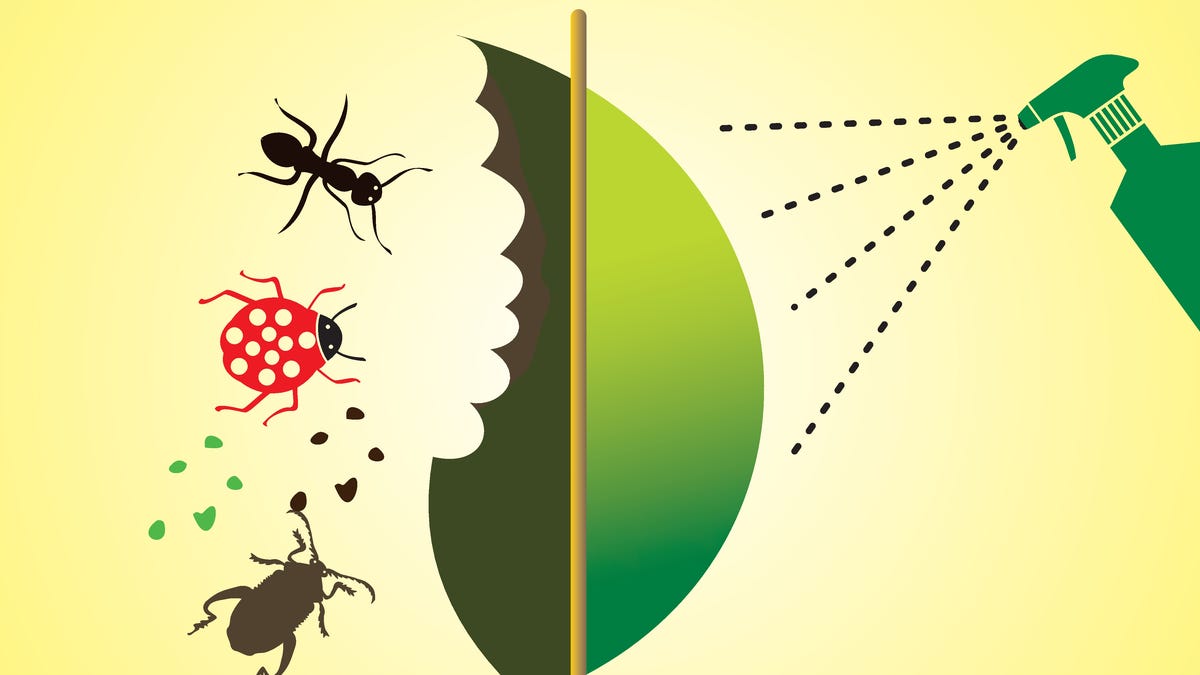Stone fruit are fruit with one large pit, or stone, at their center. Traditional stone fruit are apricots, cherries, nectarines, peaches and plums; novel hybrids aprium, pluot, and plumcot have been bred with apricot and plum as parents.
Fruit production can be challenging because, although all stone fruit grow well in our USDA hardiness zone 7, trees bloom early in the spring and experience wide temperature fluctuations. March days warm into the 50s and 60s, stimulating the breaking of dormancy where flowers open.
Freezing night temperatures damage or kill the delicate flowers and an entire season of fruit can be lost in one freeze event. Nevertheless, the years trees bear a crop are well worth growing stone fruit in our area.
Stone fruit are in season. Now comes the art of horticulture – determining when to harvest the very best fruit.
Harvesting stone fruit from a tree is the gardener’s chance for kinesthetic touches. Gardeners love the hands-on satisfaction of not only looking at but feeling our produce before harvesting a crop.
The signs a stone fruit is ready for harvest starts with fruit that has fully colored. Full color is an initial sign of fruit ripeness but the most reliable indicator is touch: gently squeeze the fruit, if the skin gives slightly, it can be picked; fruit that is colored fully but still firm should stay on the tree for another day or so; fruit is easily plucked from the branch, if a tug is needed, leave the fruit for another day or so.
Stone fruit softens along the suture line, the indentation that runs along the fruit from stem to blossom end; background color loses the greenish tint and begins to develop color. Fruit that is picked before the skin develops full color will never ripen – it will soften, but not develop the sugars of a mature fruit.

Peaches and nectarines are intriguing favorites, similar in growth habit and appearance yet are different fruit. The main difference between the two is that peaches have fuzzy skin, while nectarines are fuzzless and smooth. Nectarines are a softer fruit than peaches and are better consumed as a dessert fruit (fresh), while peaches can be consumed fresh and canned whole or sliced or as a jelly or jam.
The scientific name of peach is Prunus persica; nectarine is a botanic variety of peach, Prunus persica Var. nectarina. The specific epithet, Prunus persica, means Persia. The origin of the nectarine is unknown but its history merges with that of peach, dating back 2,000 years, where they reached Europe from China through Persia.
Genetics of the nectarine is an enigma; peach trees may develop from nectarine seeds, nectarine trees from peach seed, or peach trees may develop nectarines and nectarine trees may develop peaches by bud mutation (Childers, Fruit Science).
Both are desirable in the edible garden and “oh, so good” when harvested ripe.
Ellen Peffley taught horticulture at the college level for 28 years, 25 of those at Texas Tech, during which time she developed two onion varieties. She is now the sole proprietor of From the Garden, a market garden farmette. You can email her at [email protected]
This article originally appeared on Lubbock Avalanche-Journal: Gardening for You: Stone fruit harvest is kinesthetic










